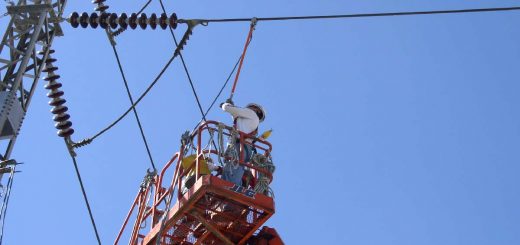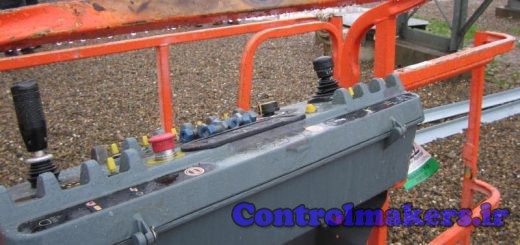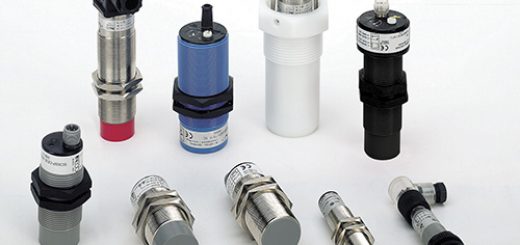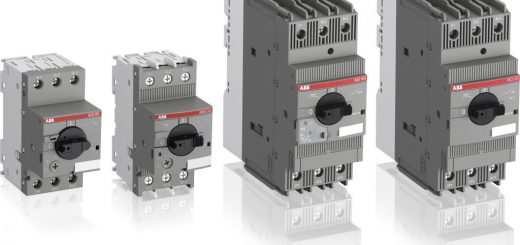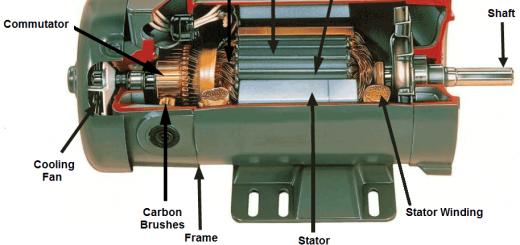There are two types of concrete batching plants:
Ready mix plants :
A ready mix plant combines all ingredients except for water at the concrete plant. This mixture is then discharged into a ready mix truck (also known as a concrete transport truck). Water is then added to the mix in the truck and mixed during transport to the job site
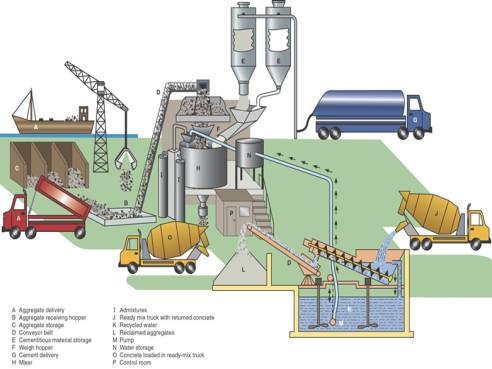
Central mix plants :
A central mix plant combines some or all of the above ingredients (including water) at a central location. The final product is then transported to the job site. Central mix plants differ from ready mix plants in that they offer the end user a much more consistent product, since all the ingredient mixing is done in a central location and is computer-assisted to ensure uniformity of product.
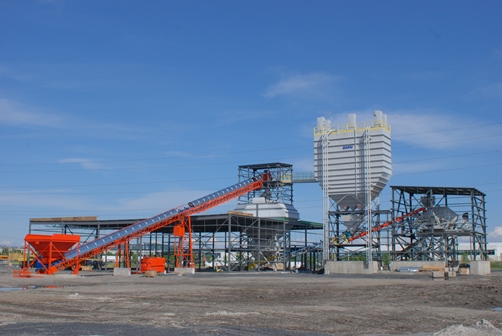
How does the Concrete mixing plant works
Concrete mixing plant is divided into four parts: gravel feed, powder (cement, fly ash, bulking agents, etc.) to feed, water and feed additives, transmission and storage stirred their workflow shown in Figure 1. , the mixer control system power, into the human – machine dialogue operation interface, system initialization process, including recipe number, grade concrete slump, producers, etc. according to the amount of weight carried on each silo, weighing hoppers. detection, output material or material empty full signal, prompting the operator to determine whether to activate the control program starts stirring sand, stone belt motor fed into the metering hopper; open fly ash, cement tank valve, start the electromechanical screw conveyor ash cement to the metering hopper; open water reservoir and control valves admixture pool water and additives into the metering hopper metered meet the set requirements doo door open metering, mixing the ingredients into the mixer within already started to set. time to open the mixer door, into the concrete mixer had received material.
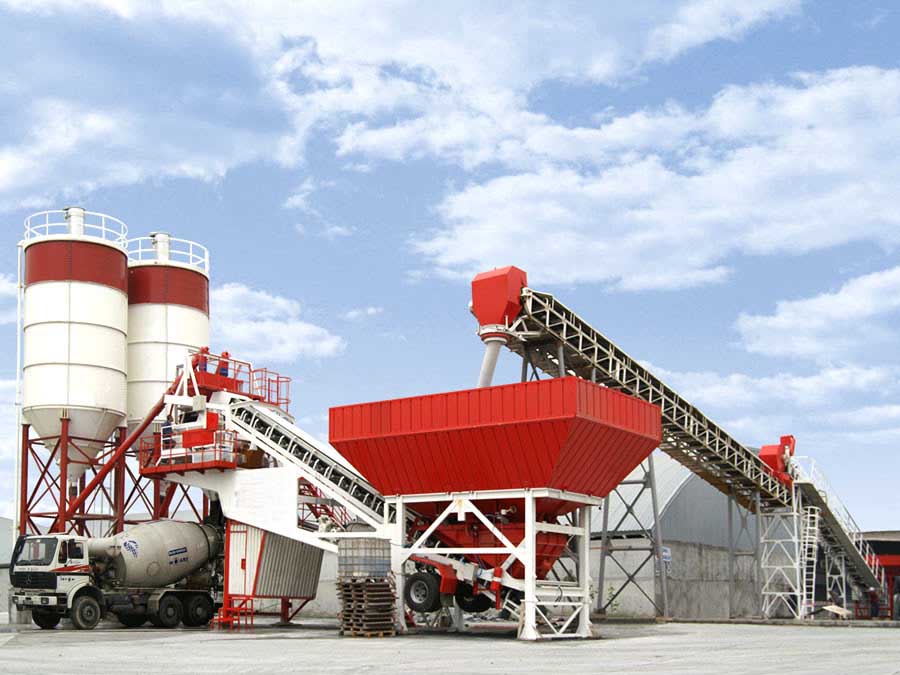
A concrete plant, also known as a batch plant or batching plant, is a device that combines various ingredients to form concrete.
Some of these inputs include sand, water, aggregate (rocks, gravel, etc.), fly ash, potash, and cement.
A concrete plant can have a variety of parts and accessories, including but not limited to:
1. Mixers (either tilt-up or horizontal or in some cases both), The center of the concrete batching plant is the mixer.
2. cement batchers,
3. aggregate batchers,
4. conveyors,
5. radial stackers,
6. aggregate bins,
7. cement bins,
8. heaters,
9. chillers,
10. cement silos,
11. batch plant controls,
12. and dust collectors (to minimize environmental pollution).
There are three types of mixer:

1. Tilt Mixer :
(A more sophisticated version of the machine is the tetra-decagonal egg-shaped mixer which does 30-60 rpm. )
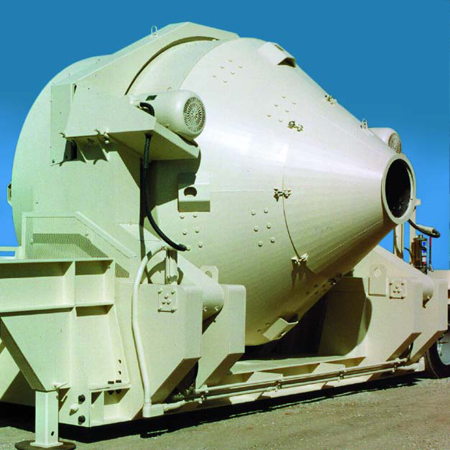
For large scale projects, this is employed using an Archimedes’screw that hoists the ingredients, mixing them and then conveying them to the mixer. At times, the batching machine may be secured onto the truck that carries the raw materials and when they arrive at the site, the plant equipment mixes the concrete on-site. The equipment is composed of a tube, pentagonal to octagonal-shaped inside. At times, iron balls are thrown inside to assist in mixing.
2. Twin shaft mixer :
The twin shaft mixer can ensure an even mixture of concrete and large output, while the tilt mixer offers a consistent mix with much less maintenance labour and cost.

3. Pan concrete mixer :
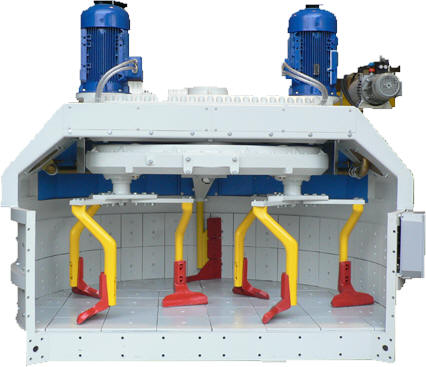
Working:
The concrete batch plants can be categorized into 4 parts:
1- Aggregate feeding,
2- Powder feeding (fly ash, cement and expanding agent),
3- Water and
4- Admixture for mixing the materials, conveyance and storage.
When the control system of mixer is connected to an electricity source, the operation interface of the man-machine interaction will appear and system will begin to process initialization which includes the formula number, concrete slump, concrete grade and productivity.
Each silo and weighing hopper is tested according to weighing system. Its control system will output the signal of the amount of material to prompt the operator to decide whether to start the control program or not.
The belt conveyor is initiated to transmit the aggregate to the weighing hopper; the valve of the fly ash and cement tank should be opened and the screw conveyor and motor initiated to transmit them into the weighing hopper;
The control valve of the water sump and admixture sump needs to be opened to make water and admixture flow into the weighing hopper.
Once the weight of all material types meets the needs of specific amounts, the door of the weighing hopper is opened automatically.
The materials will then be mixed by a concrete mixer. Once the setting time is over, the loading door of the concrete mixer opens and the concrete flows into a concrete mixer trucks.
This process is conducted very carefully since concrete must not segregate and also because the concrete must be ready and transported and then used before its preliminary setting time which is between 30-45 minutes.In some countries, this is carried out by a mobile concraete batching machine.
The Difference between Twin Shaft and Single Shaft Concrete Mixer
Concrete mixer mixes various raw materials, and then producing different types of concrete products that are needed in lots of construction works. It is said that concrete mixers play a vital role in concrete mixing plant and lots of construction projects. Here we want to find the key differences of twin shaft and single shaft concrete mixer.
- The difference in driving system
The driving system of single shaft concrete mixer is the chain transmission structure, and in contrast, twin shaft concrete mixer adopts V type belt and sliding gear structure. Comparing with single shaft concrete mixer, twin shaft concrete mixer has low working noises, convenient operation and high reliability, which has wide application in large concrete batching plants.

- The difference in stirring effect
The stirring effect of single shaft concrete mixer varies with different types of concrete. However, the mixing effects of the two are almost the same when mixing common concrete. But the mixing effect of single shaft concrete mixer is relatively poor when stirring high standard concrete products. In short, the overall mixing effect of twin shaft concrete mixer is better than single shaft concrete mixer, which also has little wear and tear.
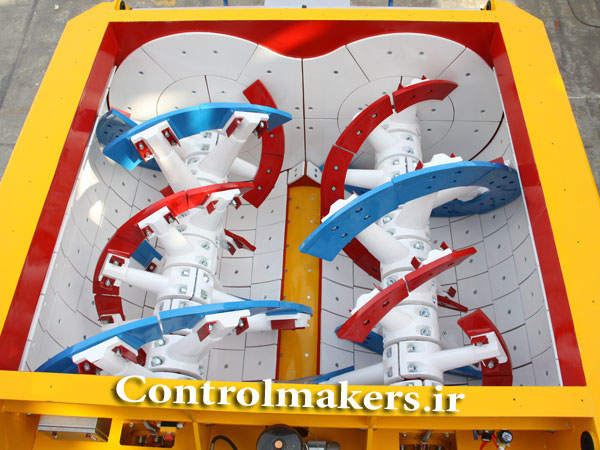
- The difference in discharging performance
The discharging port size of single shaft concrete mixer is not as flexible as twin shaft concrete mixer, which is difficult to adjust in the actual production process. However, twin shaft concrete mixer can effectively solve this problem, which has relatively good discharge performance. It provides best explanation to the wide application of twin shaft concrete mixer in lots of commercial concrete mixing plants.
Read More :
Concrete Baching Plant over View
Concrete Baching Plant Modelling guied
How dose the concrete batching plant work?
What is the best type of concrete batch mixer
Installation Tips of Batching Plant
